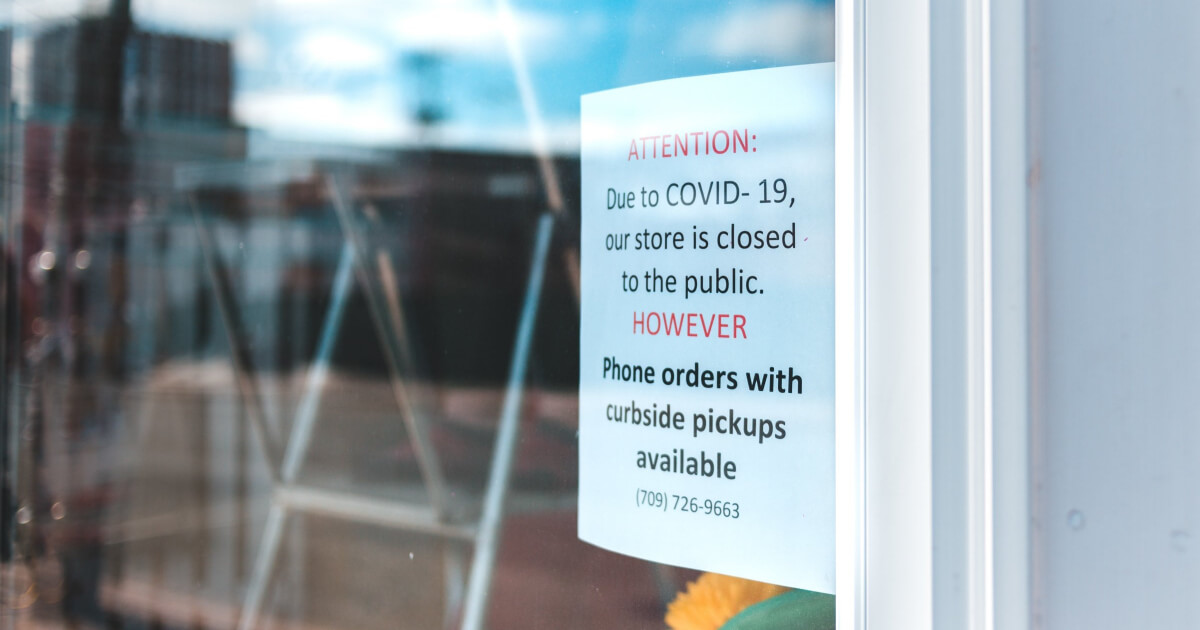
The coronavirus (COVID-19) outbreak has forced cities worldwide to rethink how they work, from allowing remote employee access and cybersecurity to maintaining a local economy under lockdown. Unfortunately, the impending disaster also highlighted weaknesses such as lack of internet connectivity and/or a lack of resources to monitor and enforce social distancing.
While many changes have been forced upon businesses and cities, not all of them have been negative. These turbulent times have inspired many city officials to innovate and seize the opportunity to make their communities better.
To facilitate knowledge sharing — specifically about COVID-19 — between city leaders, Dr. David S. Ricketts, Innovation Fellow at Harvard TECH, hosts a weekly Zoom call to discuss the challenges cities are facing and how they are being addressed.
This week, experts from a number of global cities shared examples of how they, along with local businesses, are adapting through innovation.
Yes, We Are (Sort of Maybe) Open
Stay-at-home orders and social distancing regulations have had a tremendous impact on public transportation use. According to data released by travel-planning app Transit, the 106 cities in 11 countries served by the app experienced a 76% drop in service between February and March 2020. France saw the largest drop in public transportation use at 92% in the city of Lyon, followed by London at 90%.
Many retail stores have moved online or limited transactions to curbside service, and all traditionally brick-and-mortar services had to think outside the box. In response, several restaurants have created DIY meal kits so patrons can still enjoy familiar food at home.
Public sector organizations have been forced to create new remote working policies and rush to get some 90% of staff online. This has inspired a number of discussions regarding whether remote work will become more commonplace or if companies will require staff to return to the office once things calm down.
This leads us to the question: “How much of this is reactive innovation vs. how much of it will become ‘business as usual’?”
In some cases, the answer might be “a bit of both,” as we have observed a number of cities taking advantage of this time to better understand community needs and implement changes that will hopefully improve life long after the virus is defeated.
Innovative Ideas to Bring Life Back into the City:
Make Room for Exercise
While no one was around, cycling infrastructure has been installed in cities such as Philadelphia and Edinburgh so that residents can exercise while maintaining a safe distance from one another. This has seen the reduction of car lanes and an increase in cycling infrastructure.
“In the last week we have installed more than 5km of pop-up cycle lanes leading to Edinburgh’s two main hospitals, adding to some road closures to help people walk, cycle and wheel to their local greenspaces and amenities,” writes the City of Edinburgh Council. These changes follow engagement with communities, mobility and active travel groups, and local councilors. They’ve had a great response so far. We’re continuing to listen to the people that use them, tweaking the designs where necessary.”
We recently made changes including widening footpaths, creating cycle lanes & made some streets one way in the city centre using emergency powers as part of the Covid-19 response. These changes were for public safety reasons 1/2… pic.twitter.com/JOZemCubie
— Wolves Council (@WolvesCouncil) June 16, 2020
Use Public Spaces Creatively
In Pittsburgh, sidewalks and streets have been repurposed as additional space for businesses and restaurants. San Francisco has done the same.
So far, North Beach wins the prize for most curbside Shared Spaces in SF. Full street Shared Space applications open this week pic.twitter.com/LdwDafrmnB
— Jeffrey Tumlin (@jeffreytumlin) June 14, 2020
The downside to shared spaces, however, is that residents with mobility issues such as those confined to a wheelchair are no longer able to safely access ramps and sidewalks.
Immersive Tourist Experiences
From projecting movies onto the side of buildings to drive-thru art exhibits, tourist experiences are embracing the change and creating immersive experiences using augmented reality.
A local Belfast company called Yellow Design has created a full-size (269 meters) virtual Titanic and will launch it soon. The activation is part of Belfast’s response to use grey space and turn it into an immersive exhibition while adhering to social distancing. It is thought to be the biggest Augmented Reality experience in the world.
Together we are stronger. Proud day as the ‘captain’ of @yellow_design to be appointed as a Future Fellow. Let’s unlock the creative potential of the next generation and drive our communities and economy forward . #collaboration #creativity @futurescreensni pic.twitter.com/w5J30aNOWc
— Michael McGlade (@yellow_design) May 20, 2020
Put Data to Use
Los Angeles uses data to measure how effective their changes have been during COVID-19.
“The power of data, the power of linking data, the power of looking at the effectiveness of the services you’re providing and making adjustments to those based on the data – that, to me, is the innovation and the type of digital transformation that can occur if we’re using our data more effectively,” said LA County chief information officer Bill Kehoe in a recent webinar.
Mastercard has launched Recovery Insights — an initiative made up of data, tools, research, and innovation to help inform business and government economic response efforts. As part of this initiative, Mastercard is making certain insight-driven tools available at no cost to governments and select businesses to give a timely snapshot of economic performance.
Exercise Good Will
Sometimes, innovation is a new way of thinking rather than something to do with technology. The city of Lexington, Kentucky has donated parking meter revenue to foodbanks. This is one example of how a city thinks outside the norm to help citizens:
The @LexParkingAuth donated $11,600 of meter revenue to @GPFoodBank & @BGCFKY‘s COVID-19 response funds. More ➡️ https://t.co/PZHFVcHt4L pic.twitter.com/C5IFMxqJnV
— City of Lexington Ky (@LexingtonKyGov) June 19, 2020
What is the New Normal?
Questions for city managers still remain:
- How much of these new innovations will last once the pandemic has subsided?
- Can the city’s traffic infrastructure manage a full rush hour of cars with a reduction in lanes?
- Will we see an increase in pedestrianized areas and outdoor dining?
- Will we see tourist experiences embrace new technology to increase their footprint?
- Will cities and local authorities embrace change at this speed ever again?
- How much change is still to be realized?
If you would like to learn more about what cities are doing to address these challenges, join the discussion by signing up for the forum here.

